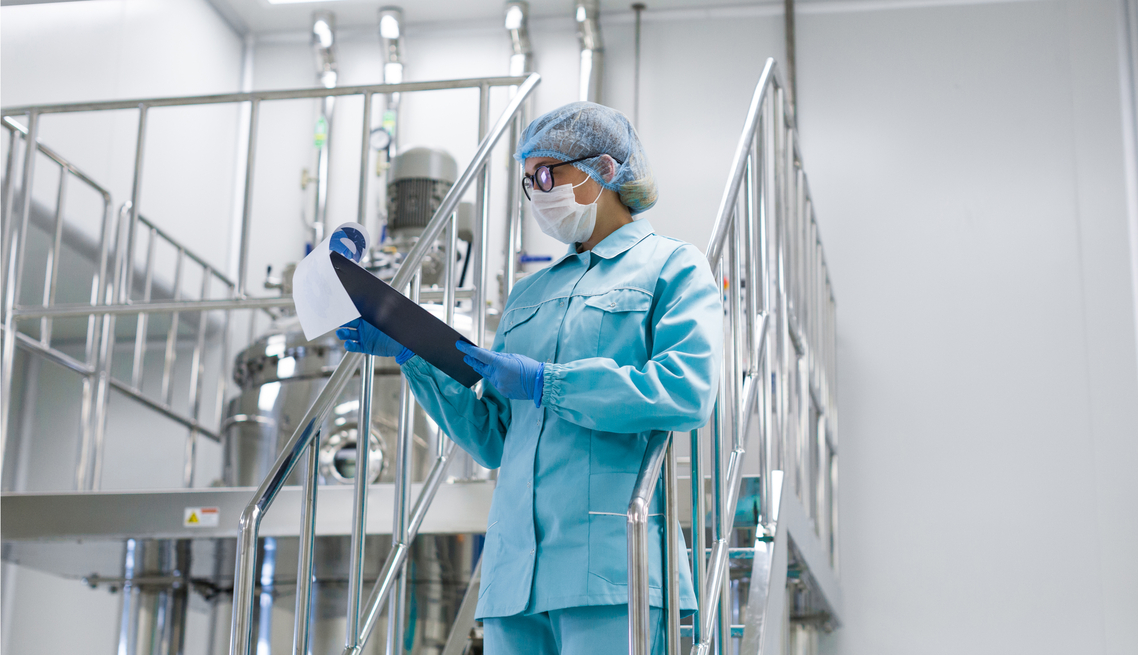
Humidification in Cleanrooms
The relative humidity in cleanrooms has a key influence on success in production. Even the smallest deviations can pose a significant threat to maintaining process standards. This includes problems with electrostatic charging, contamination by bacteria or the staggered reaction of chemical substances.
Extreme Conditions
Protection against contamination is of such importance in cleanrooms because during the production of microelectronic components, for example, particles with a size of 0.1 µm can render a chip useless.
High Demands
Operations in cleanrooms place exceptionally high demands on the relative humidity. This includes, naturally, the water that is used. It is not allowed to contain any particles – including any natural minerals in the water.
In order to counteract the problem of electrostatic charging, the air needs to be humidified as constantly as is possible. The fact that the system is in operation day in, day out, all year round, places a high demand on the technology. High-quality components and continual quality checks are indispensable for the production of humidification systems.
Apart from the demands, which are mainly of a technical nature, humidification also holds a number of natural benefits in store. Employees benefit in more ways than one from the pleasantly fresh air: for one it has a vitalising effect, which is also good for performance; it also actively combats the symptoms of dry air like irritation of the mucous membranes and respiratory ailments. So what humidification effectively does is increase productivity on all relevant levels.

